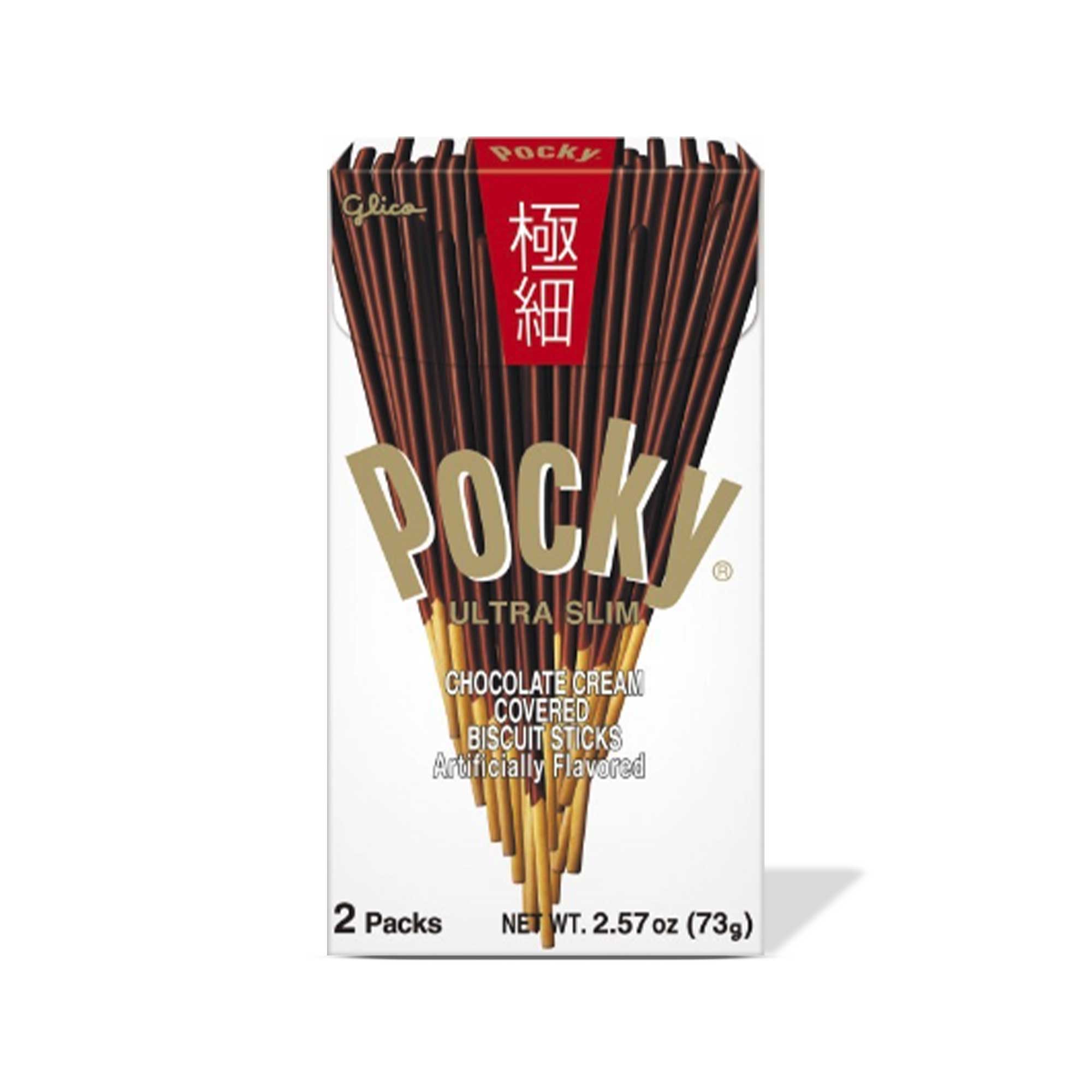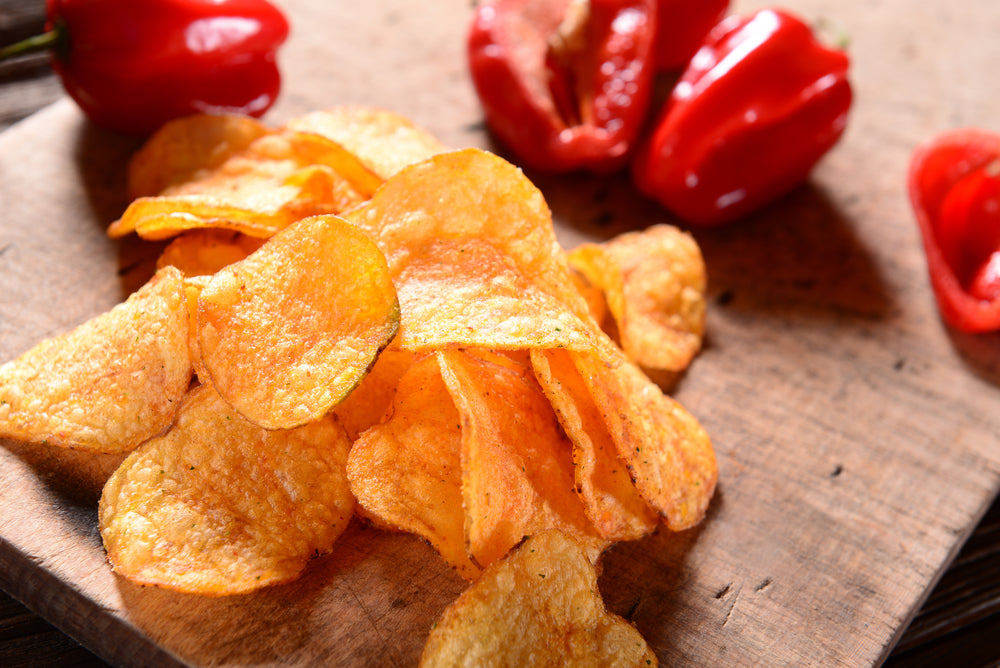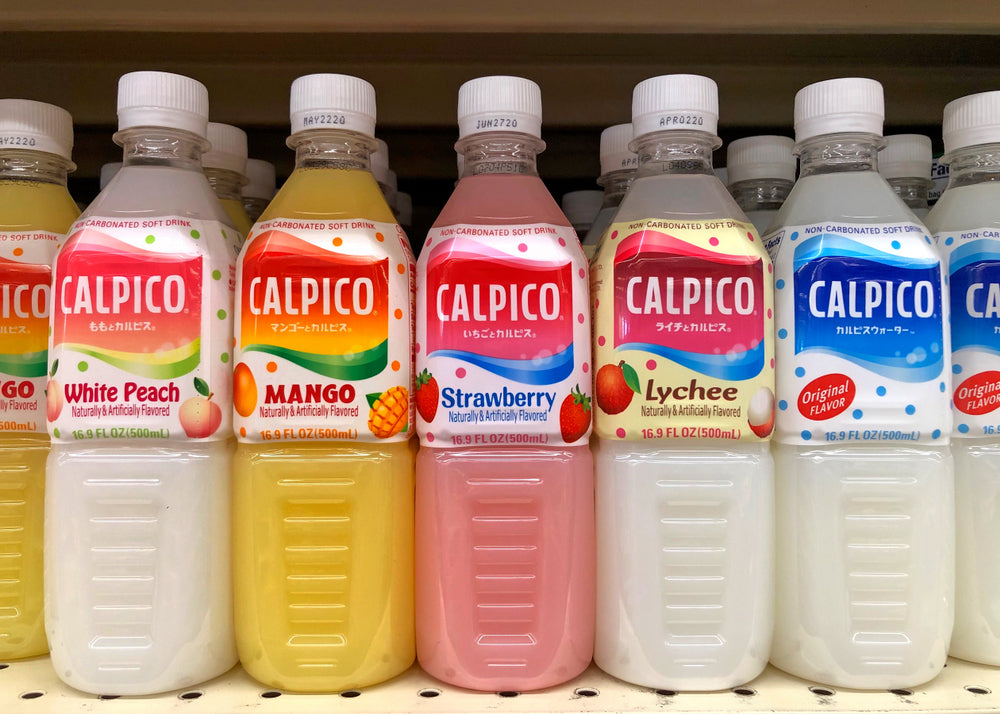What Is Doubanjiang, And How Do You Use It?
Doubanjiang, also known as Chinese chili bean paste or toban djan, is a delicious condiment with many uses. This paste has been in use since 1666. It is so prevalent in Sichuan cooking that some refer to Doubanjiang as the "soul of Sichuan cooking." Not sure what you can do with Doubanjiang or what it is? Here's more information on this Chinese condiment.

What Is Doubanjiang?
Doubanjiang is a paste made from chili peppers, salt, broad beans (aka fava beans), and wheat flour. A few varieties of fermented broad beans are available, including some that do not contain chili peppers for those who prefer to avoid spicy flavors. The packaging will differentiate which options include chilis by noting it as spicy doubanjiang or standard doubanjiang.
How Is Broad Bean Chili Sauce Used?
Spicy chili bean sauce is used to flavor an array of dishes. Commonly, it is added to hot oil before meat, veggies, or noodles are pan-fried. This cooking method creates something similar to chili oil. Many use this paste for twice cooked pork, a Chinese food dish from Sichuan. Otherwise, you'll likely see this condiment used in stir-fries, marinades, or as a dip. It's so flavorful that you can eat it on top of rice or noodles for a punch of taste.
What Is the History of Doubanjiang?
The origin of Doubanjiang is a bit unclear. One famous legend notes that this chili bean paste was created by travelers who were rushing to leave from Chengdu. In their hurry, they shoved broad beans and chilis together into a bag before leaving. Upon arrival, it is said that they noticed the chilis and beans had fermented and turned into a fermented bean paste. It became a hit after tasting the paste, and many began intentionally fermented fava beans and chilis with wheat flour.
It is thought the oldest version of doubanjiang originates from Pixian, nearby Chengdu. This particular condiment version is fermented for 2-8 years instead of a few months like other varieties. Regardless of whether this is the true origin of doubanjiang or not, it's clear that this is one of the most popular Chinese sauces. Or, at least it is in the Sichuan area.
What Does It Taste Like?
This condiment offers a salty heat to recipes along with a yummy umami taste. When using this chili bean paste, it's best to avoid other condiments with a very salty flavor. Otherwise, the dish will have a taste that is too salty and unappealing.
If you don't have this tasty condiment on hand, you can use gochujang. This replacement is a spicy Korean chili paste that packs a similar heat. Use this as a doubanjiang substitute in any recipe.
What Can I Pair With Doubanjiang?
You've purchased a tub or bottle of doubanjiang but aren't sure what to eat it with? Here are some tasty ways to use that chili bean paste.
Calbee Shrimp Chips: Hot Garlic
Use spicy chili bean paste as a dip for these Calbee Shrimp Chips: Hot Garlic. Doubanjiang and garlic are a well-known flavor combo, so you’ll get a nice punch of flavor when eating these two together.

Hikari Menraku Ramen: Sichuan-style Dan Dan Noodle
Amp up the spice of the Hikari Menraku Ramen: Sichuan-style Dan Dan Noodle by adding in a spoonful of doubanjiang. This condiment will take your noodles to the next level.

Hakubaku Organic Ramen Noodles
Create a dish from scratch using these ramen noodles and spicy chili bean paste. This option allows you to control the saltiness and heat better.

This canned mackerel is already flavored with a delicious kabayaki sauce. However, you can add some extra flavoring by using taban djan. Add the saba (mackerel) and spicy chili bean paste over rice or noodles for a complete meal.

Head to Bokksu Market for all your Asian grocery needs! Here, you'll find delicious condiments and sauces to aid in creating new dishes. Plus, you can order groceries online from this Asian grocery store. No more waiting in a long queue at your local Asian food store!
By Krystina Quintana
Author Bio










